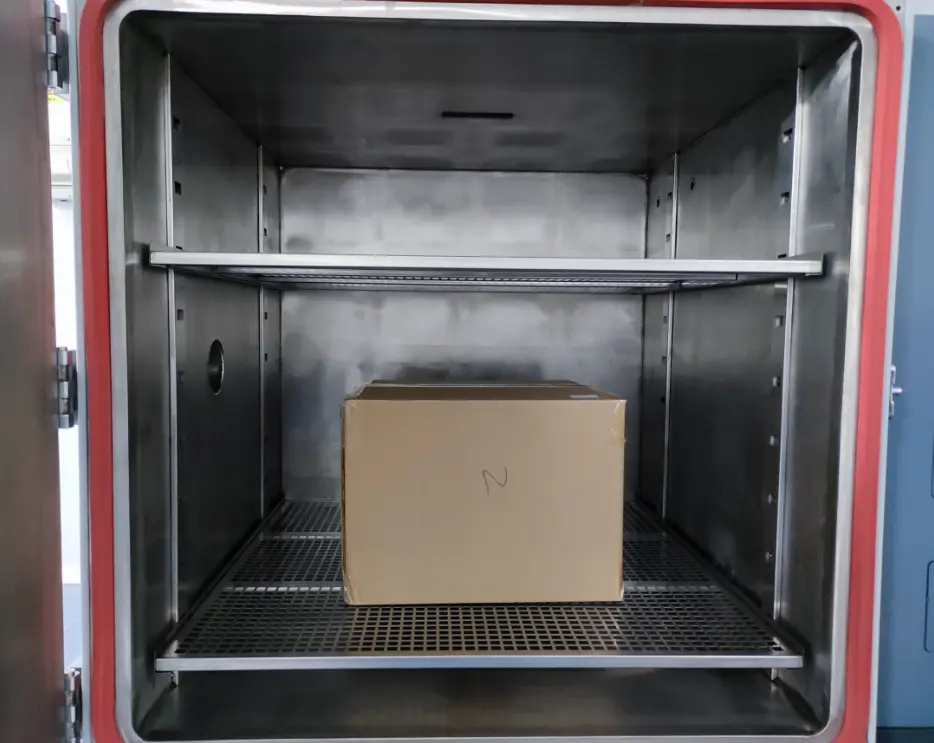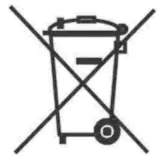
EU (EU) 2025/40 Packaging Compliance
New Packaging and Packaging Waste RegULation (EU) 2025/40
On January 22, 2025, the European Commission published the Packaging and Packaging Waste Regulation (EU) 2025/40 (PPWR) on its official website.
The regulation enteRED into force on February 11, 2025, and will apply from August 12, 2026 (unless otherwise specified).
It repeals and fully replaces the existing Packaging and Packaging Waste Directive 94/62/EC, becoming the main legislation for packaging and packaging waste management in the EU.

Scope of Application
Applicable to all packaging(regardless of the material used) and all packaging waste(regardless of whether such packaging is used in industry, manufacturing, retail, distribution, offices, services, or households).
Packaging Substance Requirements
1. All packaging:
- The combined concentration of heavy metals (lead, cadmium, mercury, and hexavalent chromium) ≤ 100 mg/kg (0.01%).
2. Food contact packaging(effective from August 12, 2026):
- a) Each PFAS (excluding polymers) < 25 ppb
- b) Total PFAS (excluding polymers) < 250 ppb
- c) PFASs (including polymers) < 50 ppm
(If total fluorine exceeds 50 mg/kg, supporting fluorine content documentation must be provided.)
Key Provisions
1. Packaging reduction targets:
- 5% reduction by 2030
- 10% reduction by 2035
- 15% reduction by 2040
2. Recyclability requirements:
- All packaging materials (except certain materials like lightweight wood and cork) must meet strict recyclability standards.
- By 2030, 100% recyclability must be achieved.
- Packaging is classified by recyclability rate:
- A: ≥ 95%
- B: ≥ 80%
- C: ≥ 70%
- Below 70% = Not acceptable
3. Plastic packaging recycling & recycled content targets:
- Plastic packaging recycling rate:
- 50% by 2025
- 55% by 2030
- Specific recycled content requirements are set for different types of plastic packaging.
- Example: By 2040, single-use plastic beverage bottles must contain at least 65% recycled material.
4. Single-use beverage container collection targets:
- By 2029, 90% of single-use plastic and metal beverage containers (≤ 3 liters) must be collected separately via deposit return schemes or other effective systems.
5. Labeling, marking, and information requirements:
- Packaging must indicate its material composition or recycled content to help consumers sort and make informed choices.
6. Restrictions on single-use plastic packaging:
- Limits on pre-packaging small quantities of fruits and vegetables.
- Restrictions on multiple types of single-use plastics provided in hotels.
7. Reuse targets and refill obligations:
- By 2030, mandatory reuse targets:
- 40% reuse rate for transport and sales packaging
- 10% reuse rate for composite packaging
- Food delivery businesses must offer customers the option to use their own containers.
Packaging Labels
- By August 12, 2028(or 24 months after the entry into force of implementing acts, whichever is later):
- All packaging placed on the market must bear a harmonized labelwith information on material composition, using pictograms to facilitate sorting.
- By February 12, 2029(or 30 months after the entry into force of implementing acts, whichever is later):
- Reusable packaging placed on the market must carry a label indicating that it is reusable.
- By August 12, 2028(or 24 months after the entry into force of implementing acts, whichever is later):
- Plastic packaging labeled with recycled content must comply with the implementing act’s labeling rules.
- Packaging manufactured or imported into the EU before the above deadlinesmay continue to be marketed for up to 3 years after the labeling requirements enter into force.
Our Services
The EU Packaging Regulation (PPWR) has been in force since February 2025 and provides businesses with an 18-month transition periodbefore full implementation on August 12, 2026.
Companies must take a series of actions to ensure packaging compliance under the new rules.
Email:hello@jjrlab.com
Write your message here and send it to us
 What is Amazon TIC and How Can Sellers Achieve Com
What is Amazon TIC and How Can Sellers Achieve Com
 2026 Battery UN38.3 Certification (Test Report) &a
2026 Battery UN38.3 Certification (Test Report) &a
 What is the IEC 62680 Standard? Compliance Interpr
What is the IEC 62680 Standard? Compliance Interpr
 Amazon Japan December Compliance Requirements
Amazon Japan December Compliance Requirements
 How to Check a CPSC-Accepted Laboratory?
How to Check a CPSC-Accepted Laboratory?
 WEEE Registration for Waste Electrical &Electr
WEEE Registration for Waste Electrical &Electr
 MSDS Chemical Safety Testing
MSDS Chemical Safety Testing
 What Are the Differences Between UK REACH and EU R
What Are the Differences Between UK REACH and EU R
Leave us a message
24-hour online customer service at any time to respond, so that you worry!




